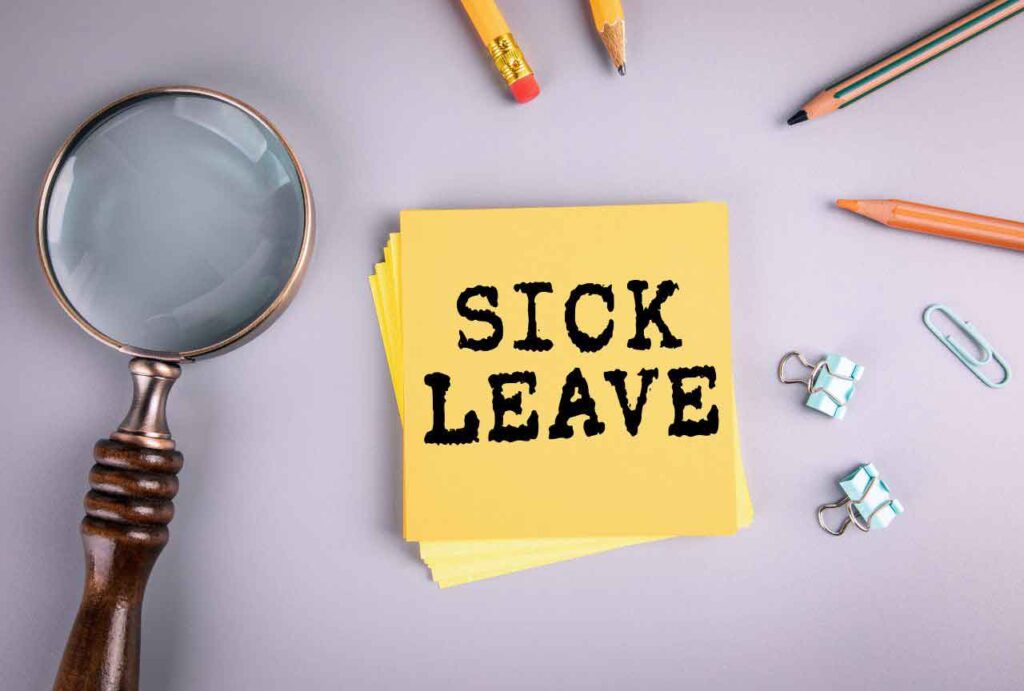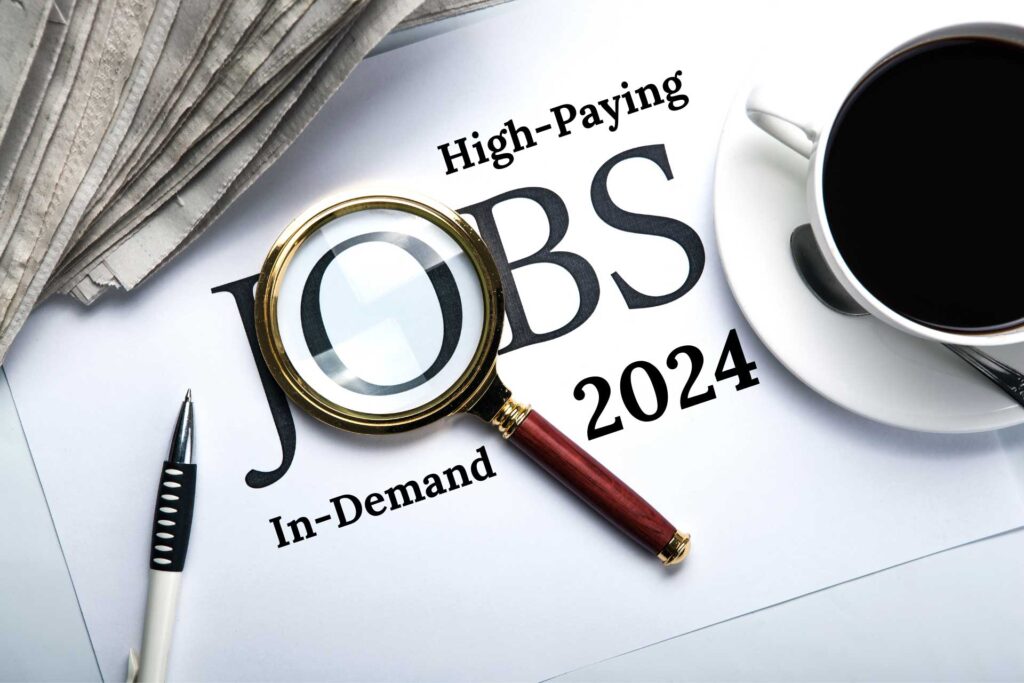Deciding not to return to work after sick leave is a significant choice that involves careful consideration of your rights, responsibilities, and future plans. Many individuals in this position face uncertainties about how to navigate the legal, financial, and emotional aspects of this decision. Questions about workplace obligations, FMLA requirements, and long-term career impact can make this a challenging situation to resolve.
Understanding the options available and the steps needed to ensure a smooth transition is essential. Whether you’re evaluating alternatives to quitting, assessing the timing of your resignation, or seeking clarity on the legal implications, being well-informed can empower you to make the right decision for your circumstances.
I. Understanding Your Rights and Obligations
1. Overview of FMLA and Sick Leave Protections
The Family and Medical Leave Act (FMLA) offers eligible employees up to 12 weeks of unpaid, job-protected leave within a 12-month period for specific medical and family reasons. This includes the ability to take leave for your own serious health condition. FMLA ensures continued access to health benefits during this time and protects your position or an equivalent role upon your return. However, it is essential to verify your eligibility, as factors like company size, tenure, and hours worked impact qualification.
For non-FMLA sick leave, the policies depend on your employer’s guidelines and local labor laws. Some employers offer paid sick leave, while others rely on state-mandated programs or unpaid leave options. Reviewing your employee handbook or consulting HR is critical for understanding your rights.
2. Returning to Work vs. Resigning: Key Considerations
If you choose not to return to work after FMLA or sick leave, it’s important to understand the potential consequences. Employers may ask for repayment of health insurance premiums paid on your behalf during FMLA leave unless you’re unable to return due to continued health issues or circumstances beyond your control. This does not typically apply to non-FMLA leave, but policies vary.
When making this decision, assess your long-term goals, current health, and financial stability. Understanding these obligations helps avoid unnecessary challenges and ensures compliance with any workplace policies or agreements.
II. Exploring Alternatives to Quitting
1. Requesting Accommodations or Flexible Work Options
If returning to your previous position feels overwhelming, you may be able to request accommodations under the Americans with Disabilities Act (ADA) or similar laws in your country. This could include adjustments like reduced hours, modified duties, or the option to work remotely. Discussing these options with your employer can provide a pathway to rejoin the workforce without compromising your health or well-being.
Flexible work options, such as part-time schedules or gradual reentry plans, can also be effective. These arrangements can allow you to ease back into work while managing personal or medical needs.
2. Extending Sick Leave
If you are not ready to return and quitting is not an immediate option, extending your leave may be possible. This often requires medical documentation that supports the need for additional time. Employers may grant extended leave on a case-by-case basis, especially if a continued recovery period benefits both parties.
Review your employer’s policy on extended leave and consult with HR to ensure proper adherence to procedures. Providing timely updates can help maintain a positive relationship with your employer during this period.
3. Exploring Leave Without Pay (LWOP) Options
Leave Without Pay (LWOP) is another alternative for those who cannot return immediately but do not wish to resign. LWOP allows employees to take additional time off without losing their employment status. While it does not include salary or benefits, it can provide the necessary time to make a more informed decision about your future.
Speak with HR to determine whether this option is available, and be clear about any conditions or time frames tied to LWOP. Having this option available can offer much-needed flexibility in managing your situation.

Also Read: Why Your Dream Job Might Not Be What You Think (How to Find It)
III. Financial and Legal Considerations
1. Do You Have to Pay Back FMLA Benefits?
Under the Family and Medical Leave Act (FMLA), employers must maintain your health insurance benefits during your leave. However, if you choose not to return to work after your FMLA leave ends, your employer may require you to repay the portion of health insurance premiums they covered during your absence.
Exceptions exist for individuals who cannot return to work due to medical conditions or circumstances beyond their control. In these cases, repayment typically is not required. To avoid surprises, carefully review your employer’s FMLA policy and consult HR for clarity on repayment terms.
2. Severance Pay and Unemployment Benefits
Severance pay is not guaranteed but may be negotiated as part of your departure. If you have been with your employer for an extended period or held a key position, requesting a severance package could be worth exploring. This may include compensation, extended health benefits, or other perks to ease the transition.
Unemployment benefits are generally unavailable to individuals who voluntarily quit their job. However, exceptions might apply if you can demonstrate that quitting was necessary due to health concerns or unsafe working conditions. Research the eligibility criteria in your state or region and provide supporting documentation if you decide to apply.
3. Protecting Your Financial Stability
Before making a final decision, assess your current financial situation. Calculate how long your savings will last and factor in any outstanding debts, monthly expenses, and potential medical costs. A solid financial plan ensures you can manage the transition without undue stress.
IV. Planning Your Exit Strategy
1. Timing Your Resignation After FMLA
The timing of your resignation is critical to minimize potential complications. While FMLA allows you to return to the same or an equivalent position, quitting immediately after leave could raise questions from your employer.
To protect yourself legally and professionally, consider waiting until your FMLA period concludes. If possible, fulfill any contractual obligations or notice periods. This demonstrates professionalism and reduces the likelihood of disputes over benefits or final paychecks.
2. Writing a Professional Resignation Letter
A well-crafted resignation letter is essential for leaving on good terms. Include the following elements:
- Statement of Resignation: Clearly state your intention to resign and specify your last working day.
- Appreciation: Briefly acknowledge the opportunities and experiences you gained during your employment.
- Offer to Assist in Transition: Express willingness to help with the transition process, such as training a replacement.
Keep the tone respectful and professional, avoiding unnecessary details about why you are leaving. Submit the letter according to company policy, typically to your immediate supervisor or HR department.
3. Notifying HR and Your Manager
Schedule a private meeting with your manager or HR representative to inform them of your decision. Prepare for the conversation by knowing what you want to communicate and being ready to address questions about your departure.
Be transparent about your reasons without sharing excessive personal information. Maintaining professionalism during this conversation ensures a smoother exit and preserves your professional reputation.
4. Preparing for the Transition
To leave on a positive note, plan your transition carefully. This might include:
- Completing outstanding projects.
- Organizing your files and documentation for your successor.
- Sharing insights or tips that will help your team adjust.
Efforts to ensure a smooth handover reflect your commitment to professionalism and can help maintain goodwill with your employer.
Frequently Asked Questions (FAQs)
1. Can I Quit My Job While on FMLA Leave?
Yes, you can resign from your position while on FMLA leave. However, it is essential to provide your employer with appropriate notice and follow any contractual or company-specific requirements. Keep in mind that if you do not return after FMLA leave, your employer may require you to repay health insurance premiums paid during your leave unless your inability to return is due to circumstances beyond your control.
2. How Long After FMLA Leave Can I Quit?
There is no mandatory waiting period after FMLA leave before you can resign. However, it’s often advisable to wait until your leave officially concludes to avoid complications with benefits, final paychecks, or potential misunderstandings with your employer.
3. Will I Lose My Benefits If I Don’t Return After FMLA?
If you choose not to return to work after FMLA leave, you may lose access to employer-sponsored health benefits unless otherwise stated in your employment agreement. Additionally, your employer might seek reimbursement for health insurance premiums they covered during your leave, with exceptions for specific situations like ongoing medical conditions.
4. Can I Apply for Unemployment Benefits If I Quit After Sick Leave?
In most cases, quitting voluntarily disqualifies you from unemployment benefits. However, if you can demonstrate that your resignation was due to medical necessity or unsafe working conditions, you may be eligible. Check your state’s unemployment rules and provide the required documentation to support your claim.
5. What Are My Options If I Don’t Want to Quit but Can’t Return?
If you’re unable to return to work but prefer not to resign, consider discussing alternative arrangements with your employer. Options may include extending leave, requesting accommodations, or exploring flexible work arrangements like reduced hours or remote work.
6. Do I Have to Provide a Reason for Not Returning to Work?
While it’s not always legally required to share the specific reason for not returning, doing so professionally can help maintain a positive relationship with your employer. If your decision is health-related, you may need to provide documentation, especially if accommodations or additional leave are requested.
7. What Should Be Included in My Resignation Letter After FMLA Leave?
Your resignation letter should include a clear statement of resignation, your intended last working day, and a brief expression of gratitude for the opportunities provided by the employer. Avoid including personal or unnecessary details about your decision. Keep the tone professional and concise.



